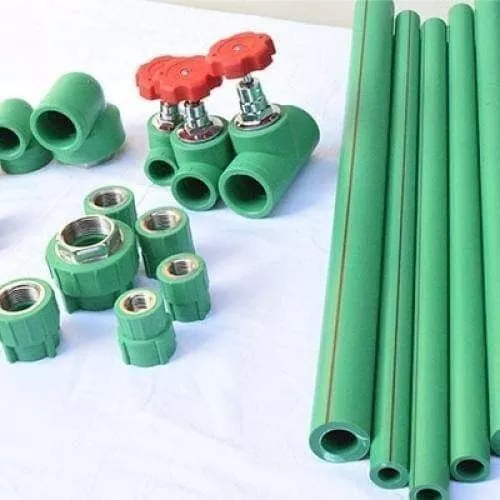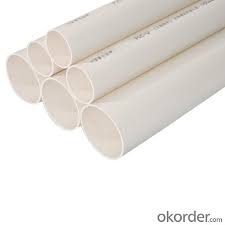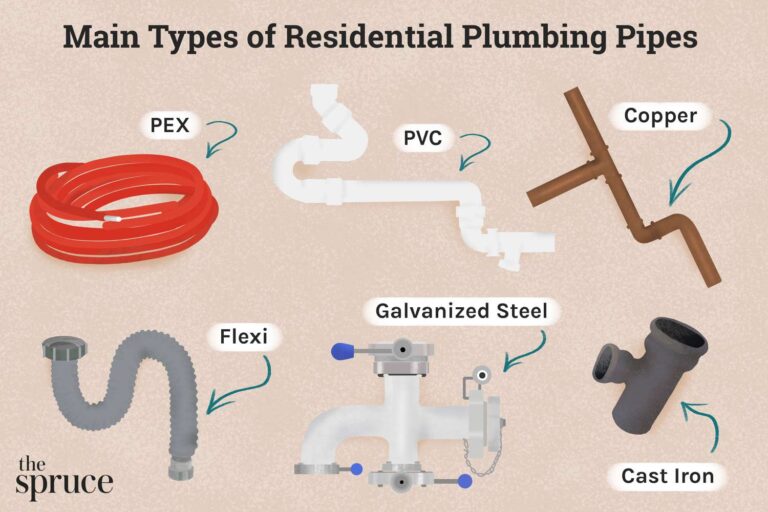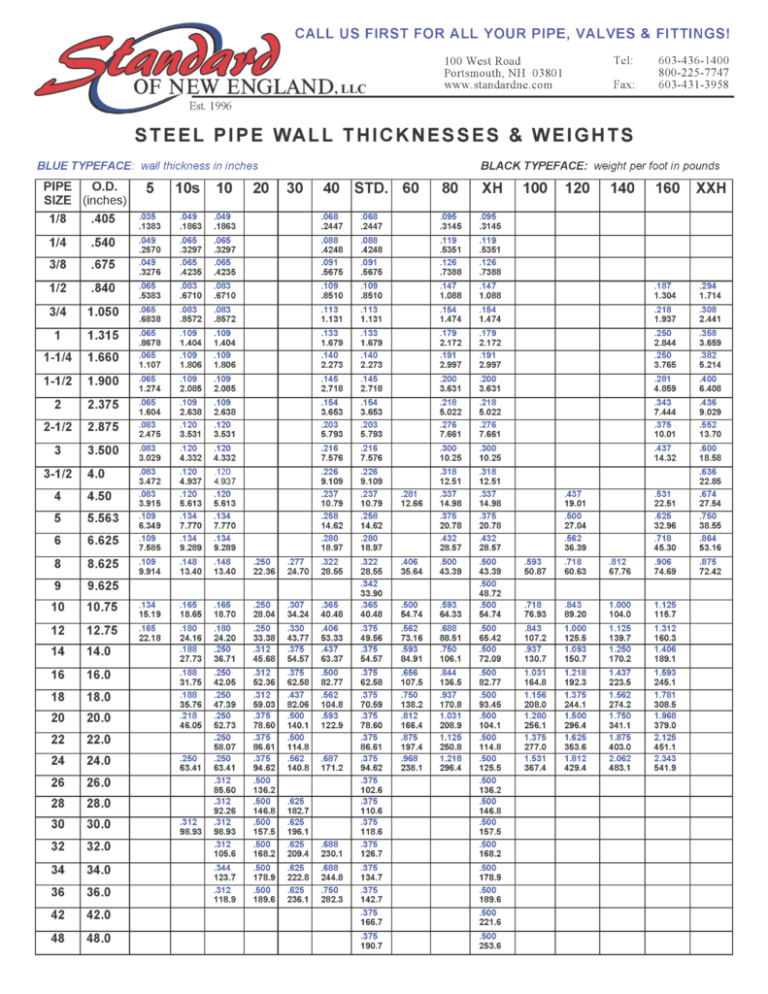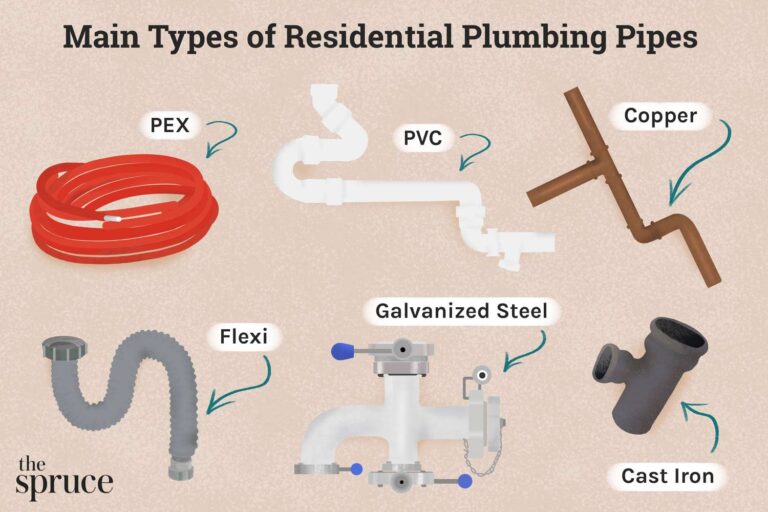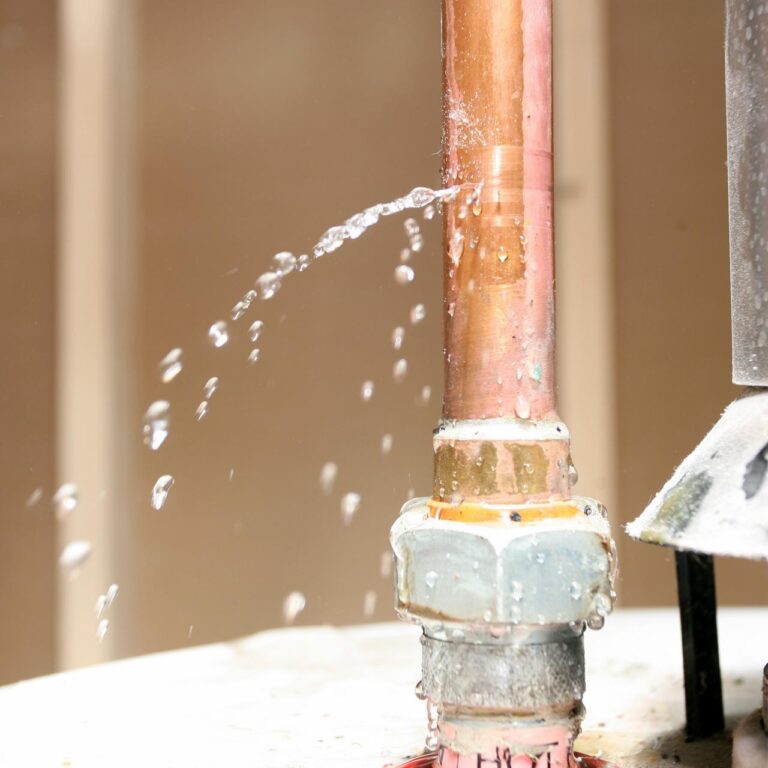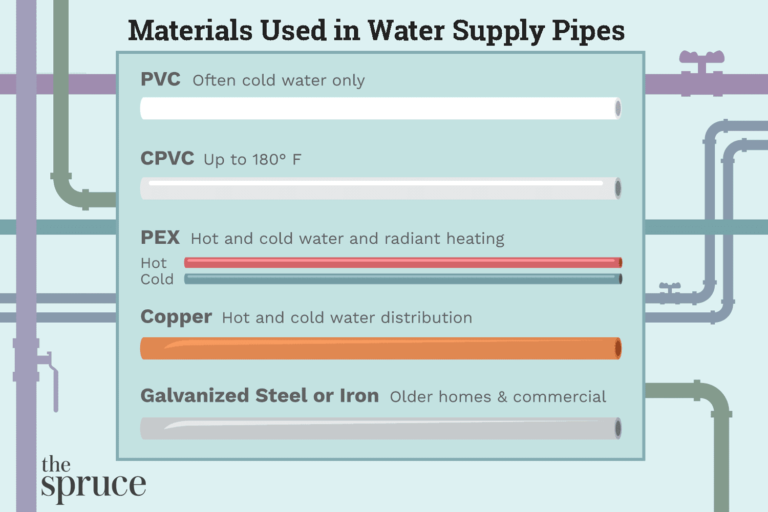What Is The Full Form Of PPR Pipe?
The full form of PPR pipe is Polypropylene Random Copolymer pipe. It is a type of plastic piping typically used for hot and cold water supply systems in residential and commercial buildings. It is known for its high strength, durability and thermal insulation properties, making it an ideal choice for plumbing and HVAC applications. PPR pipes are lightweight and easy to install compared to other types of piping, making them a popular choice for plumbing projects.

Definition of PPR Pipe
PPR (Polypropylene Random Copolymer) Pipe is a type of plastic pipe made from polypropylene material. It is used in hot and cold water piping systems, as it is highly resistant to chemicals and temperatures up to 95°C. PPR Pipe is lightweight, durable, and corrosion-resistant, making it an ideal choice for plumbing applications. It is also easy to install and does not require special welding or gluing. PPR Pipe is becoming increasingly popular due to its cost-effective and reliable performance. It is also environmentally friendly, as it is lead-free and recyclable.
Benefits of Using PPR Pipe
PPR Pipe is a cost-effective and reliable solution for a variety of plumbing needs. With its unique properties, it is becoming increasingly popular for residential and commercial applications. PPR Pipe is made from polypropylene, making it resistant to corrosion, chemical damage, and other forms of wear and tear. It also features a high level of flexibility and durability, making it a great choice for a range of plumbing projects. In addition, PPR Pipe is lightweight and easy to install, making it an ideal solution for DIY projects. Its cost-effectiveness and strong performance make it a great option for both new builds and renovations. With its strength and long-lasting performance, PPR Pipe is a great choice for plumbing projects of any size.
Types of PPR Pipe
PPR (polypropylene random copolymer) pipes are a type of plastic piping used in plumbing and heating applications. PPR pipes are lightweight, durable and easy to install, making them an ideal choice for a variety of projects. PPR pipes are available in a variety of sizes and pressure ratings, making them suitable for both hot and cold water systems. Additionally, they are highly resistant to corrosion and can withstand a wide range of temperatures. PPR pipes are also resistant to scaling, which can help to extend the life of the piping. In addition, PPR pipes are more cost-effective than traditional metal piping, making them an attractive option for many residential and commercial projects.
Installation of PPR Pipe
PPR Pipe installation is a simple and straightforward process, but it requires a few steps to be taken in order to ensure a successful and secure installation. The first step is to measure the length of pipe needed, and then cut the pipe to the correct length with a saw or pipe cutter. Next, the pipe must be beveled and connected together using a pipe fitting. Finally, the PPR pipe must be secured to the surface in which it is being installed using the appropriate fasteners. With the right tools and a bit of know-how, PPR Pipe installation can be completed with ease.
Advantages of PPR Pipe
PPR pipe is a popular type of plastic piping used in residential and commercial buildings for a variety of applications. This type of pipe is especially suitable for hot and cold water distribution systems, waste pipe systems, and chemical drainage systems. PPR pipe offers many advantages over other types of pipes, such as being lightweight and easy to install, resistant to corrosion and high temperatures, and having a long life span. Additionally, these pipes are cost effective, leak proof, and require minimal maintenance. By choosing PPR pipe for your next project, you can rest assured that you are investing in a quality product that will last for years to come.
Disadvantages of PPR Pipe
PPR (Polypropylene Random Copolymer) pipes are often used in plumbing and drainage systems in homes and businesses due to their low cost and durability. However, these pipes have some disadvantages as well. PPR pipes are not as flexible as other types of pipes, making them more difficult to install in tight spaces. Additionally, they are not as resistant to corrosion as metal pipes, and they may need to be replaced more often. Additionally, PPR pipes can be slightly more expensive than other types of pipes. Finally, the connection of PPR pipes is not as reliable as metal pipes, and therefore, they are likely to leak more often.
FAQs About the What Is The Full Form Of PPR Pipe?
Q1. What does PPR stand for?
A1. PPR stands for polypropylene random copolymer.
Q2. What are the benefits of using PPR pipes?
A2. PPR pipes are lightweight, corrosion-resistant, and non-toxic, making them a great choice for piping systems in residential and commercial buildings. They also have a long lifespan and can withstand high temperatures, making them ideal for hot and cold water systems.
Q3. What are the applications of PPR pipes?
A3. PPR pipes are commonly used for plumbing, heating, and cooling applications in residential and commercial buildings. They can also be used for industrial and agricultural applications, such as irrigation systems, water supply lines, and drainage systems.
Conclusion
The full form of PPR pipe is Polypropylene Random Copolymer Pipe. PPR pipes are made from a combination of polypropylene and other substances, making them durable and resistant to corrosion and extreme temperatures. They are used for a variety of applications, including water supply, wastewater, gas supply, heating systems, and industrial applications. PPR pipes offer superior performance and make them a cost-effective choice for many applications.

